Video Analytics #1 – Maggie
In the videos that will be sent to me via the site, I take the decision to choose only one technical point to develop even if there is a lot to say about each videos. I will reserve more exhaustive analyses for my students. Today’s video is a video of Maggie from Taiwan ( DYN…

